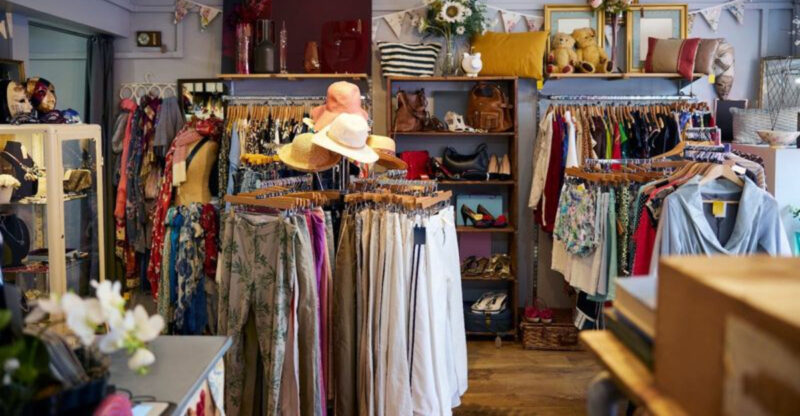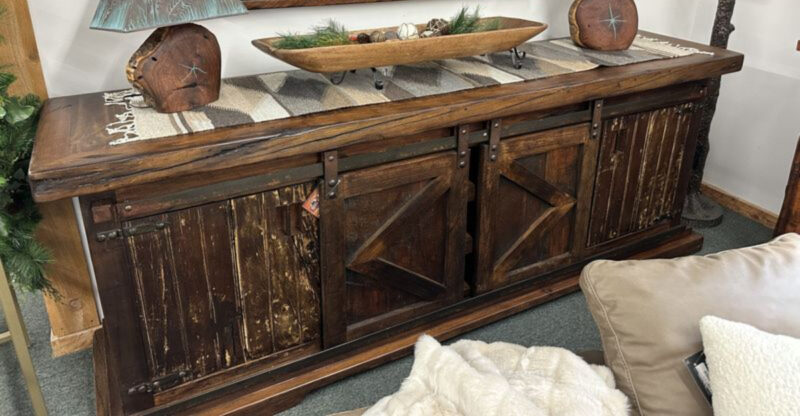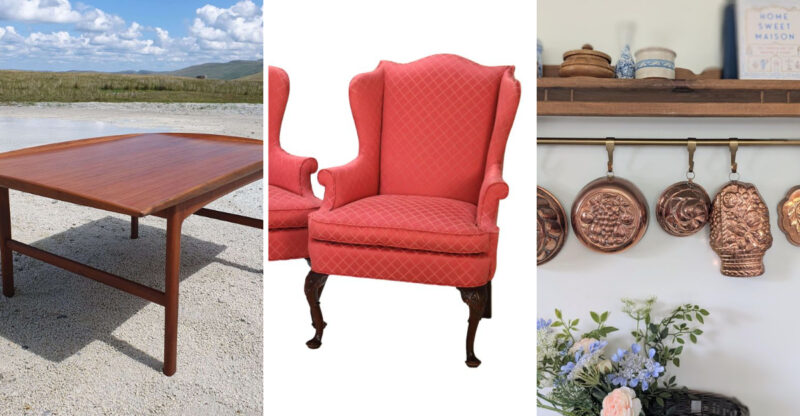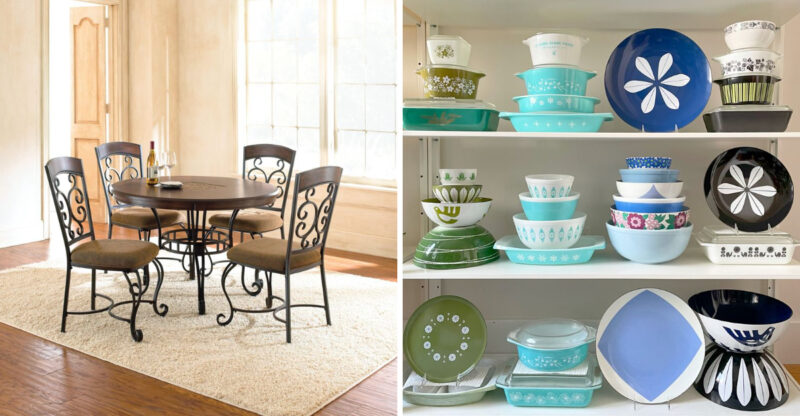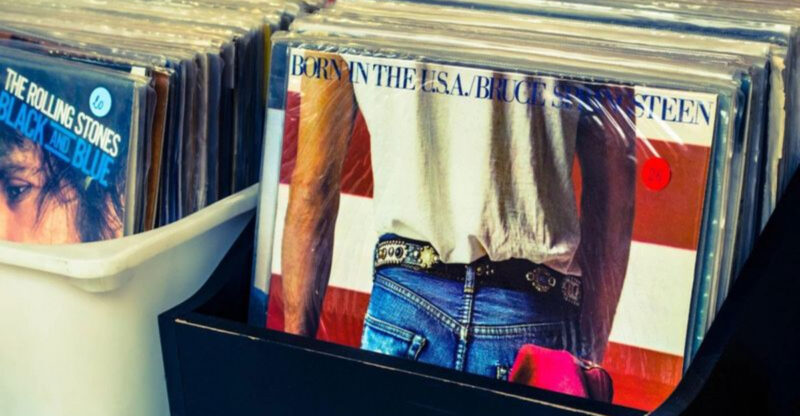4 Vintage Decor Items Losing Value In Eugene Homes (And 9 That Never Shined)
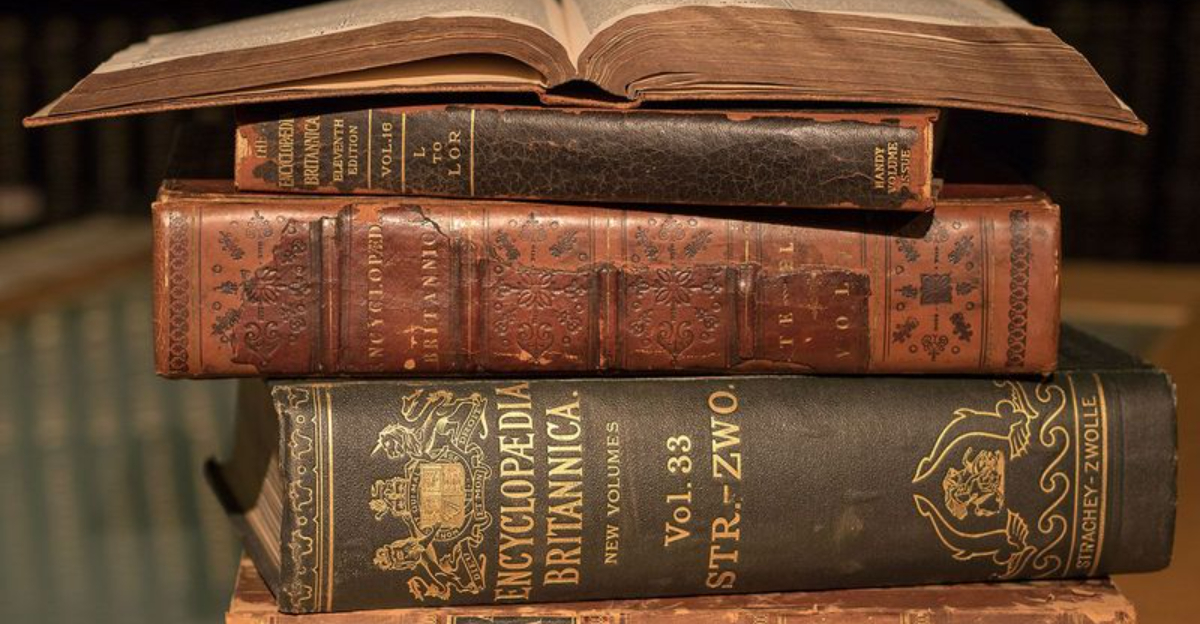
In a city where vintage finds mingle with modern style, not every antique holds its worth. Some once-coveted pieces that graced living rooms and china cabinets are slipping in value, gathering dust instead of dollars.
Eugene homeowners are learning that nostalgia doesn’t always pay off.
Meanwhile, certain collectibles never managed to spark serious interest, no matter how lovingly they were displayed. In the ever-evolving market, knowing which vintage items are fading – and which were never hot to begin with – can save space, time, and disappointment.
1. Oak Roll-Top Desks
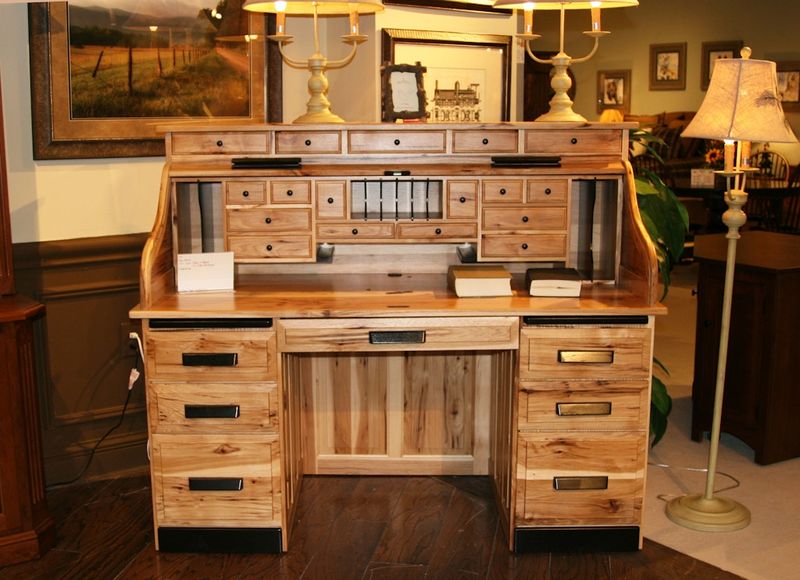
Once commanding premium prices, these bulky workstations have fallen from grace in Eugene’s market. The massive footprint doesn’t mesh with modern minimalist trends.
Oak roll-top desks that previously sold for thousands now struggle to find buyers at estate sales. Young homeowners prefer sleeker, multifunctional furniture that accommodates laptops and doesn’t dominate entire rooms.
2. Cut Glass Crystal Bowls
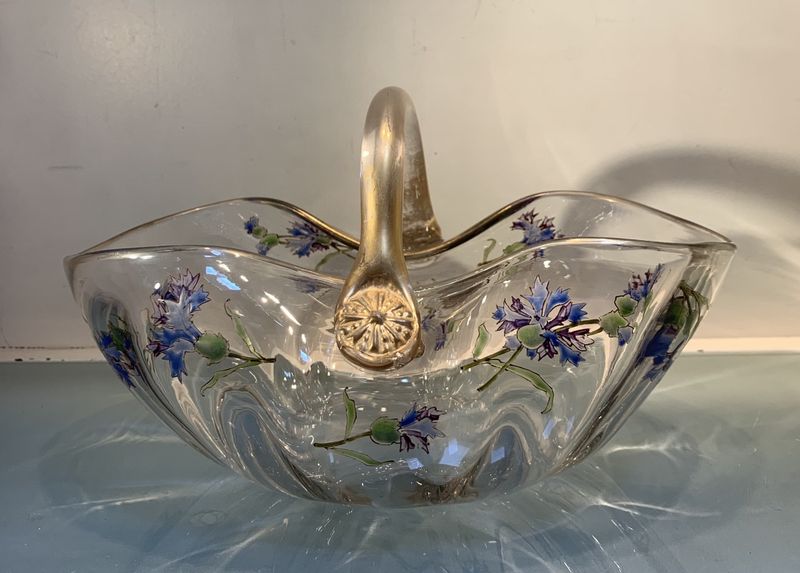
Remember grandma’s prized serving dish? Those heavy, intricately patterned vessels that only emerged during special occasions now gather dust in Eugene cupboards.
These bowls were once wedding registry staples. Today’s homeowners find them impractical and fussy compared to dishwasher-safe alternatives. Even high-end specimens from prestigious makers struggle to fetch even modest prices at local consignment shops.
3. Hummel Figurines

Those cherubic German porcelain children that dominated curio cabinets nationwide have lost their charm. Eugene collectors who once paid hundreds now struggle to recoup even 10% of their investment.
Hummel figurines exemplify how collecting trends cycle dramatically. The delicate statuettes depicting rosy-cheeked children in pastoral scenes have virtually no appeal to younger generations who prefer more contemporary decor styles.
4. Silver-Plated Flatware Sets
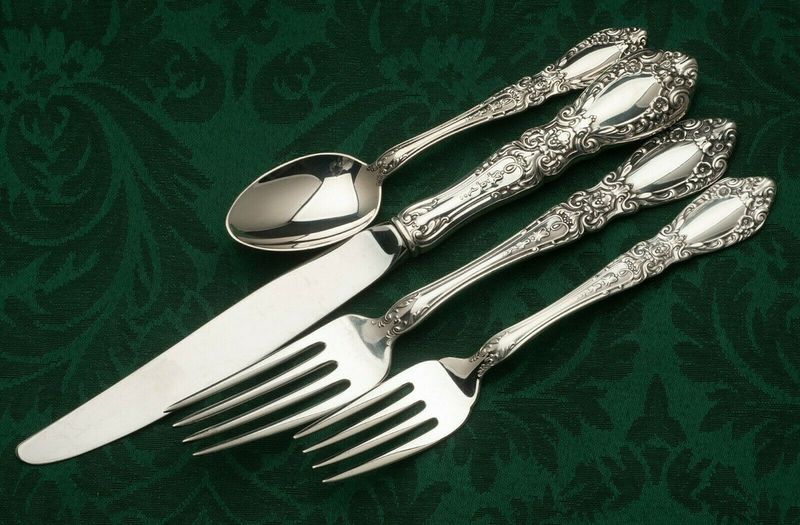
Fancy formal dining sets are experiencing a precipitous drop in Eugene’s secondary market. The ornate patterns that once signified sophistication now symbolize high-maintenance obligations.
The sets requires polishing and special care most modern households avoid. Local antique dealers report these sets sitting unsold for months. The exception? A few sterling silver pieces with significant historical provenance still command respectable prices.
5. Collector Plates
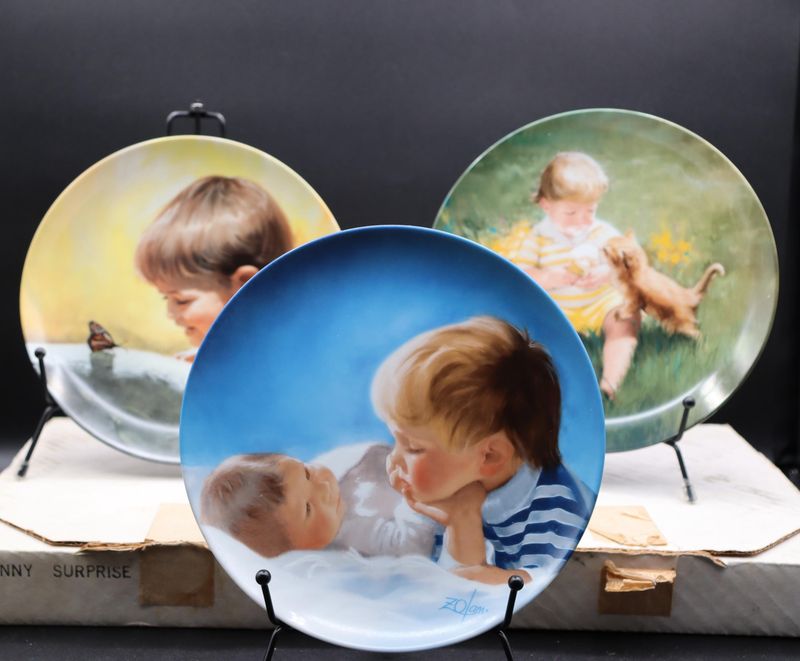
Marketed as “limited editions” that would appreciate in value, these decorative dishes proved to be anything but rare investments. Eugene thrift stores now overflow with unwanted commemorative plates.
Collector plates featuring everything from Norman Rockwell scenes to wildlife portraits were produced by the millions. Despite certificates of authenticity and original pricing of $50+, most now sell for less than $5 when they sell at all.
6. Beanie Babies
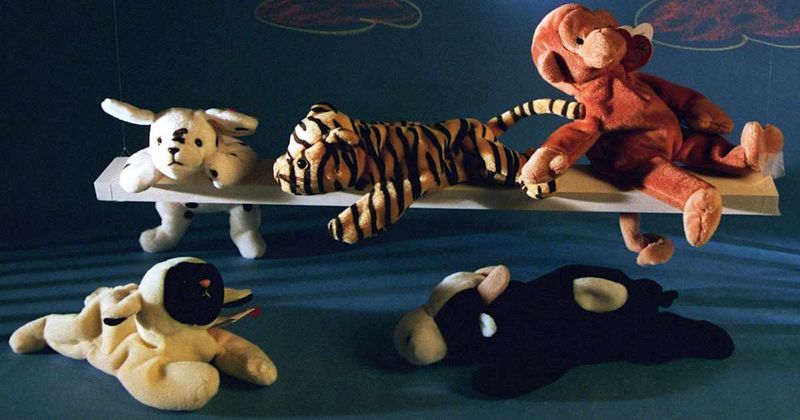
The plush collectibles that sparked buying frenzies and investment schemes in the 1990s never delivered their promised returns. Eugene collectors who hoarded Beanie Babies expecting college-fund-level profits faced disappointing reality.
Thesy were supposed to be the next big investment opportunity. Despite occasional news stories about rare specimens fetching thousands, most collections languish in Eugene attics, worth pennies on the dollar compared to their purchase price.
7. Mass-Produced Carnival Glass

Shimmering with iridescent colors, these pressed glass pieces flooded the market in the early 20th century. While authentic antique carnival glass can be valuable, most pieces found in Eugene homes are later reproductions.
The market distinguishes sharply between rare, early carnival glass and mass-produced versions. Local antique experts caution that the orange-hued “marigold” pattern pieces from the 1960s-70s hold minimal value despite their vintage appearance.
8. Souvenir Spoons
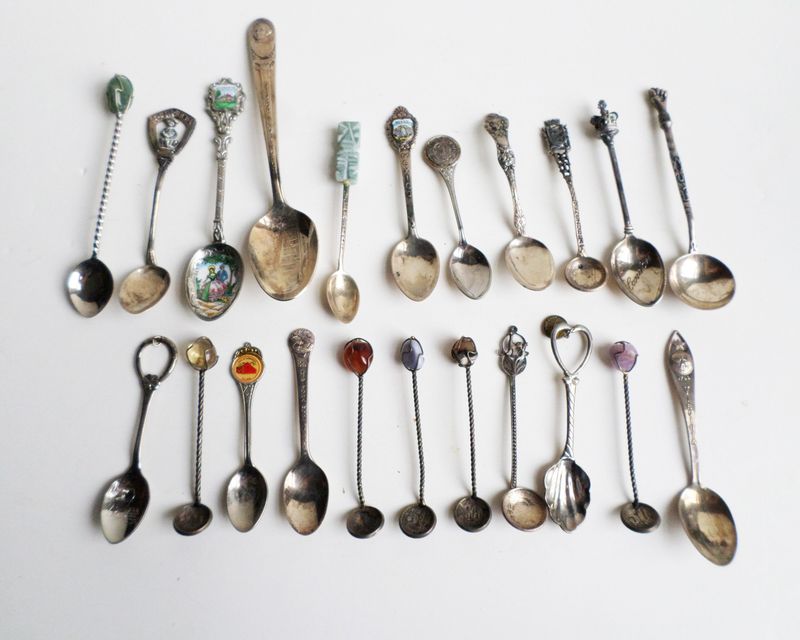
Traveling grandparents once brought these back from every vacation, creating collections that spanned continents. The tiny metal mementos never developed significant collector interest in Eugene or beyond.
Souvenir spoons with their destination-themed handles clutter many Eugene estate sales. Despite some being decades old, these travel trinkets rarely command more than a dollar each. Even complete collections with custom display racks struggle to find interested buyers.
9. Avon Collectible Bottles
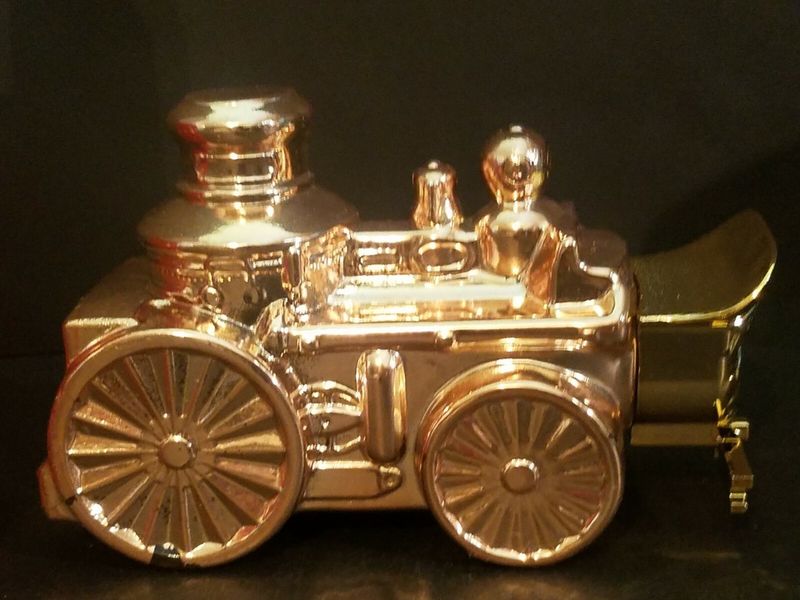
Shaped like cars, animals, and historical figures, these decorative containers once housed affordable colognes and aftershaves. Eugene sellers discover these novelty items hold almost no secondary market value today.
Avon collectible bottles were produced in massive quantities from the 1960s through 1990s. Despite creative designs that tempted buyers to keep them after the product was used, most now fetch less than $5 each at local flea markets.
10. Commemorative Coins With No Precious Metal Content
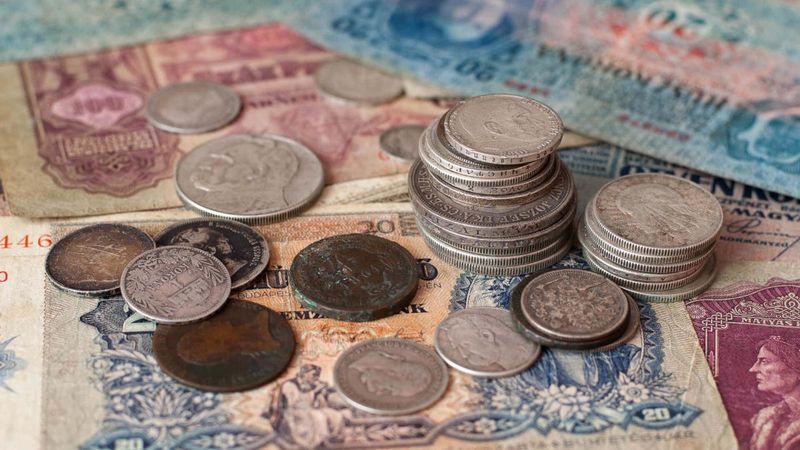
Marketed through late-night TV commercials and newspaper inserts, these shiny medallions promised to be treasured heirlooms. Eugene residents now discover most hold virtually no numismatic value.
Commemorative coins celebrating events like state quarters or presidential inaugurations were often gold-plated or colorized to appear valuable. Without precious metal content, however, these mass-produced items typically sell for less than their original purchase price.
11. Vintage Tupperware
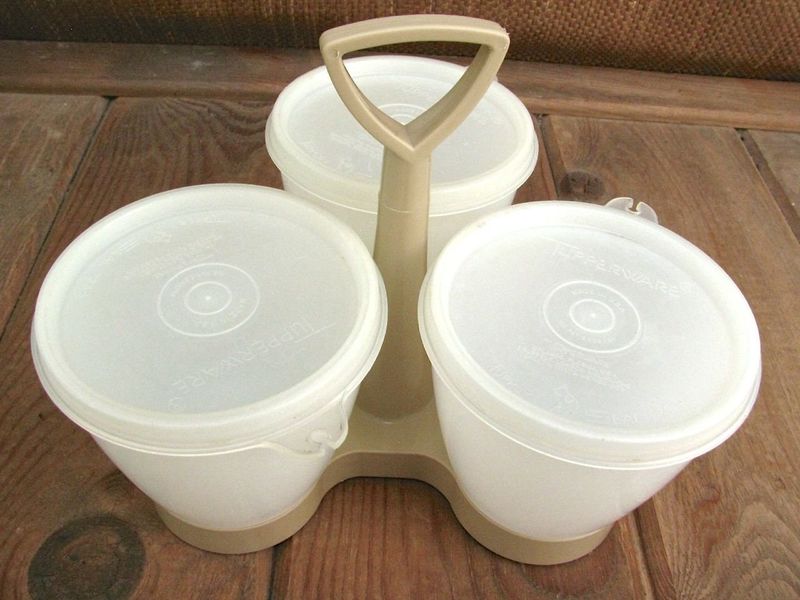
The pastel plastic containers that revolutionized American kitchens have aged poorly both physically and value-wise. Eugene’s secondhand market shows minimal interest in these once-revolutionary storage solutions.
Vintage Tupperware often develops odors, stains, and warping over decades. While a few rare pieces attract niche collectors, most sets found in Eugene homes sell for a fraction of their original cost despite the brand’s reputation for durability.
12. Old Encyclopedias
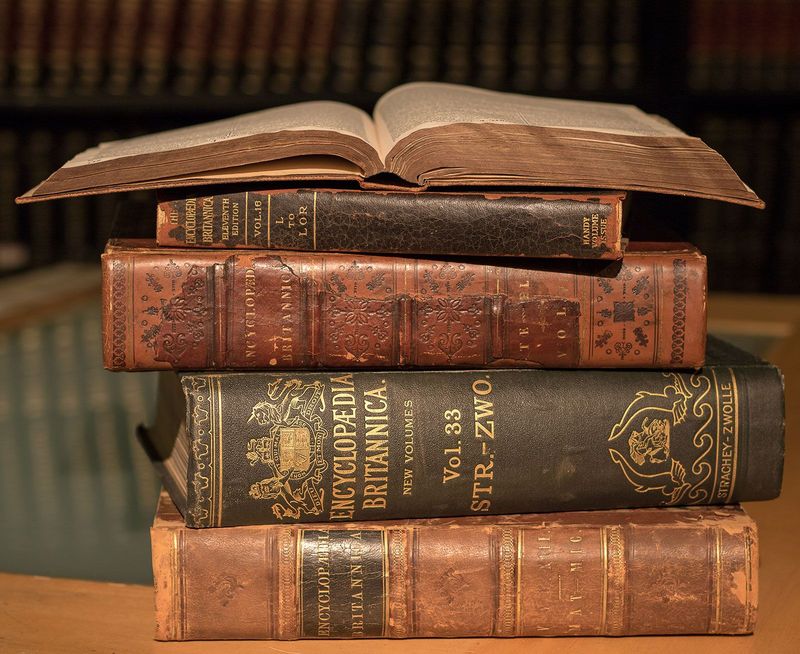
Family investments that once cost thousands now struggle to find takers even when offered for free. Eugene’s Little Free Libraries and donation centers regularly turn away these outdated knowledge repositories.
Old encyclopedias represent significant household expenditures from previous generations. The internet has rendered these massive book sets obsolete, with even leather-bound vintage editions from prestigious publishers finding few interested buyers in today’s digital world.
13. Ceramic Figurines From Chain Stores
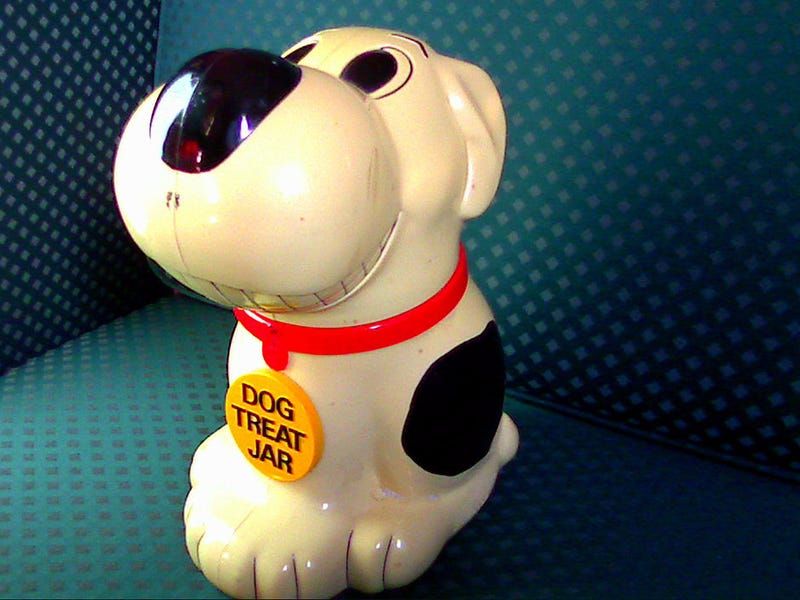
Mass-produced knickknacks that once filled curio cabinets nationwide have virtually no resale market in Eugene. Those porcelain puppies and ceramic cherubs that seemed charming decades ago now appear dated and kitschy.
Chain store ceramic figurines lack the craftsmanship and uniqueness that drives collector interest. Local consignment shops report these items as among the most difficult to sell, with many eventually being donated after failing to attract even minimal offers.

